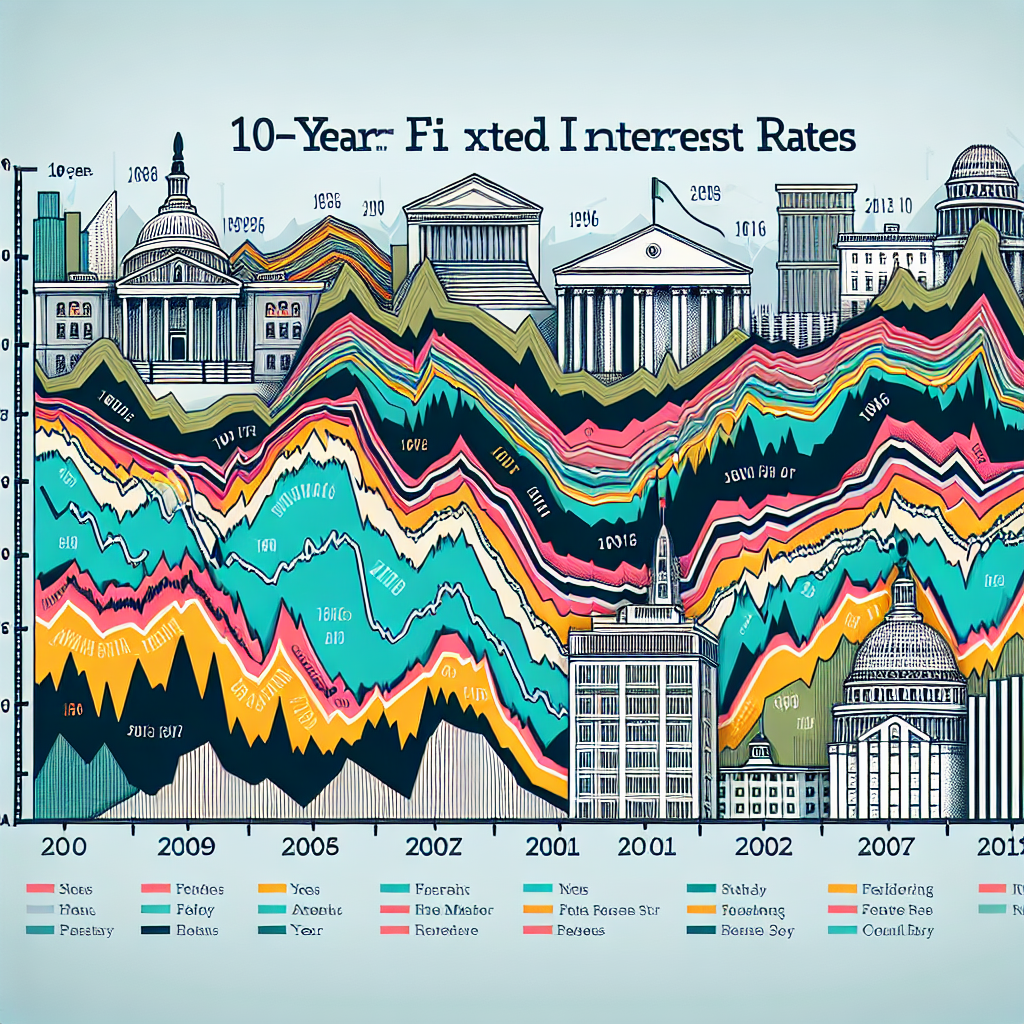
Interest rates 10 year fixed
Understanding 10-Year Fixed Interest Rates
When it comes to financing very large purchases, such as a home, understanding interest rates can be crucial in determining long-term costs. Among the various financing options available, the **10-year fixed interest rate** has become a popular choice among buyers and investors alike. This article delves into what a 10-year fixed interest rate is, its pros and cons, and how it compares to other financing options in the market.
What is a 10-Year Fixed Interest Rate?
A **10-year fixed interest rate** is a type of loan where the interest rate remains constant throughout the life of the loan, typically spanning a decade. This fixed-rate option provides borrowers with stability and predictability in their financial planning. Unlike adjustable-rate mortgages (ARMs), where rates may fluctuate over time, a fixed-rate mortgage shields borrowers from sudden increases in interest rates.
The Mechanics of 10-Year Fixed Rates
When you choose a 10-year fixed mortgage, you are securing a loan for a set period, which has several implications:
- Loan Amount: Borrowers can typically secure loans of varying amounts depending on creditworthiness and the lending institution's policies.
- Payment Stability: Monthly payments remain the same throughout the life of the loan, allowing for easier budget management.
- Amortization: Most loans are amortized over the fixed term, meaning the borrower pays off both principal and interest each month.
Advantages of a 10-Year Fixed Interest Rate
There are several reasons why home buyers and investors may opt for a 10-year fixed interest rate mortgage:
1. Stability and Predictability
With a fixed interest rate, borrowers know exactly how much they need to pay each month. This certainty can be beneficial in managing monthly expenses, especially in an unpredictable economic climate.
2. Shorter Loan Term
Compared to traditional 15 or 30-year mortgages, a 10-year fixed term allows borrowers to pay off their loans much faster. This can save substantial amounts in interest over the life of the loan.
3. Potential for Lower Interest Rates
Generally, shorter-term loans often come with lower interest rates compared to longer-term loans. This can result in considerable savings for borrowers over time.
4. Building Equity Faster
Because payments are directed more towards the principal balance in a shorter-term loan, borrowers can expect to build equity more quickly. This can be particularly advantageous if home values increase during the loan period.
Disadvantages of a 10-Year Fixed Interest Rate
While there are undeniable advantages to a 10-year fixed interest rate, some drawbacks can also influence a borrower's choice:
1. Higher Monthly Payments
Shorter loan terms can result in higher monthly payments compared to longer-term loans. This might stretch the budget of some borrowers who require a tight monthly cash flow.
2. Limited Buying Power
Because payments are higher, the overall amount a borrower can afford may be reduced. This can limit choices in property selection.
3. Less Flexibility
If a borrower encounters financial difficulties, the higher monthly payment may pose a greater risk, potentially leading to missed payments or foreclosure.
Comparing 10-Year Fixed Interest Rates with Other Loan Types
To fully appreciate the benefits and drawbacks of a **10-year fixed interest rate**, it's essential to compare it to other mortgage options. Here’s a brief overview of common alternatives:
| Loan Type | Loan Term | Interest Rate Stability | Typical Monthly Payment |
|---|---|---|---|
| 10-Year Fixed | 10 years | Fixed | Higher |
| 15-Year Fixed | 15 years | Fixed | Moderate |
| 30-Year Fixed | 30 years | Fixed | Lower |
| Adjustable Rate Mortgage (ARM) | Varies | Variable | Lower (initially) |
Choosing the Right Loan
When choosing the right mortgage for your needs, consider the following factors:
- Your Financial Situation: Assess your income, monthly expenses, and savings to determine what type of loan fits your budget.
- Your Long-Term Goals: Consider how long you plan to stay in your home. If it's more than 10 years, a longer-term mortgage may make more sense.
- Market Conditions: Keep an eye on interest rates and economic forecasts, as market conditions can impact loan viability and affordability.
Conclusion
In summary, a **10-year fixed interest rate** mortgage can be an ideal option for those seeking stability, a fast route to homeownership, and potential savings on interest. However, as evident from the discussion on advantages and disadvantages, it may not be suitable for every borrower. Understanding your financial situation, goals, and how this option compares to other types of mortgages is essential in making an informed decision.
Ultimately, consult with a financial advisor or mortgage specialist to weigh the pros and cons sufficiently and find the best loan product that fits your unique needs. Remember, informed decisions can lead to significant long-term benefits in your financial journey.
By Guest, Published on September 17th, 2024